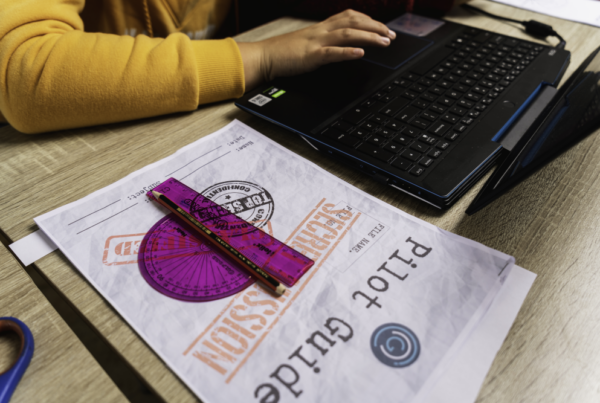Is it Project-Based Learning (PBL) or Problem-Based Learning (PBL)? Or should I be teaching Inquiry-Based Learning (IBL)? Acronyms abound and many educators are being exposed to these terms, but what does it all mean and how should a teacher consider implementing them into their teaching?

Inquiry-Based Learning is the current buzzword in education. Today the term Project-Based Learning and Problem-Based learning is used loosely, but the philosophies of learning, while overlapping, are different.
PBL stands for both Project-Based Learning and Problem-Based Learning. However, they are two different pedagogies that overlap in theory. They are both framed around real-world relevance and develop essential skills, while the strategies and processes to engage in the PBL with learners are different.
PBL both Project and Problem—Based Learning are a type of IBL which stands for Inquiry-Based Learning – a learning approach that encourages learners to ask questions and investigate real-world problems. IBL allows the teacher to take different strategies to nurture curiosity and prioritises learner ideas while supporting them through the investigative process.
While in Project-Based Learning, students often have to complete a project to demonstrate their mastery of content, in Problem-Based Learning, students have to present a solution to a clearly defined authentic problem.

A description of the two different PBL approaches is as follows. Project-Based Learning is a teaching method in which learners learn by actively engaging in real-world and personally meaningful projects. Rather than offering a project to wrap up the content learnt, in Project-Based Learning, the project is the vehicle for teaching the content and skills. In this pedagogy, goals are set, and outcomes are adhered to. Project-Based Learning is often multidisciplinary and takes longer – from weeks to an entire term – while collaborating with many different subjects from Mathematics to Sciences, Languages and Arts. Project-Based Learning encourages students to be hands-on and deeply explore the topic. The outcome of Project-Based Learning is often to deliver a product or presentation.

Problem-Based Learning is a learner-centred educational method where real-world problems are identified for learners, who then through research and collaboration, apply theory learnt to solve the problem. Goals and outcomes are set by learners and there is no real correct answer. Problem-Based Learning tasks are often shorter. It is based on the principles of promoting agency among learners and effective collaboration among group members. The outcome of Problem-Based Learning is for learners to provide an authentic solution to a real-world problem – however not necessarily apply the solution.
Inquiry-Based Learning can take various approaches, all of which develop higher-order thinking skills, promotes all the C’s in education and encourages learners to take agency of their learning while solving real-world problems.

The term, PBL is not a new idea. It is in fact historical. Philosophers, Confucius and Aristotle were early advocates of ‘learning by doing’ while Socrates believed that we learn best by asking essential questions and testing potential answers against reason and fact.
Learning through questioning, inquiry, and critical thinking, remains very relevant in today’s PBL classrooms.
The Socratic method is a dialogue between teacher and students, instigated by the continual probing questions of the teacher, in a concerted effort to explore the underlying beliefs that shape the student’s views and opinions.
Kruse, S. (2023) The Socratic method: Fostering critical thinking, The Institute for Learning and Teaching. Available at: https://tilt.colostate.edu/the-socratic-method/ (Accessed: January 15, 2023).
The formalised term – PBL was in fact pioneered at a medical school in the United States in the 1960s.
At Inspire Africa, we provide educators with Inquiry-Based Learning projects, while incorporating drones, 3D modelling and printing, robotics, various coding languages and other 21st Century tools.




